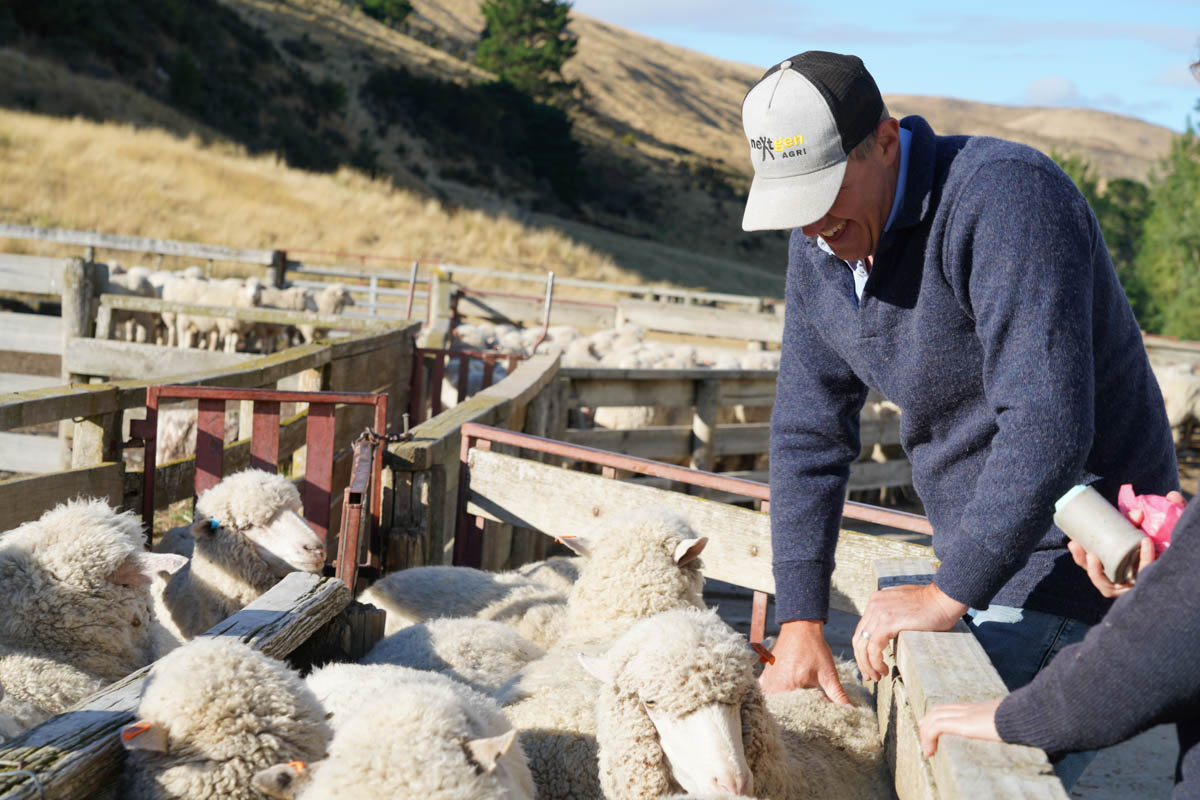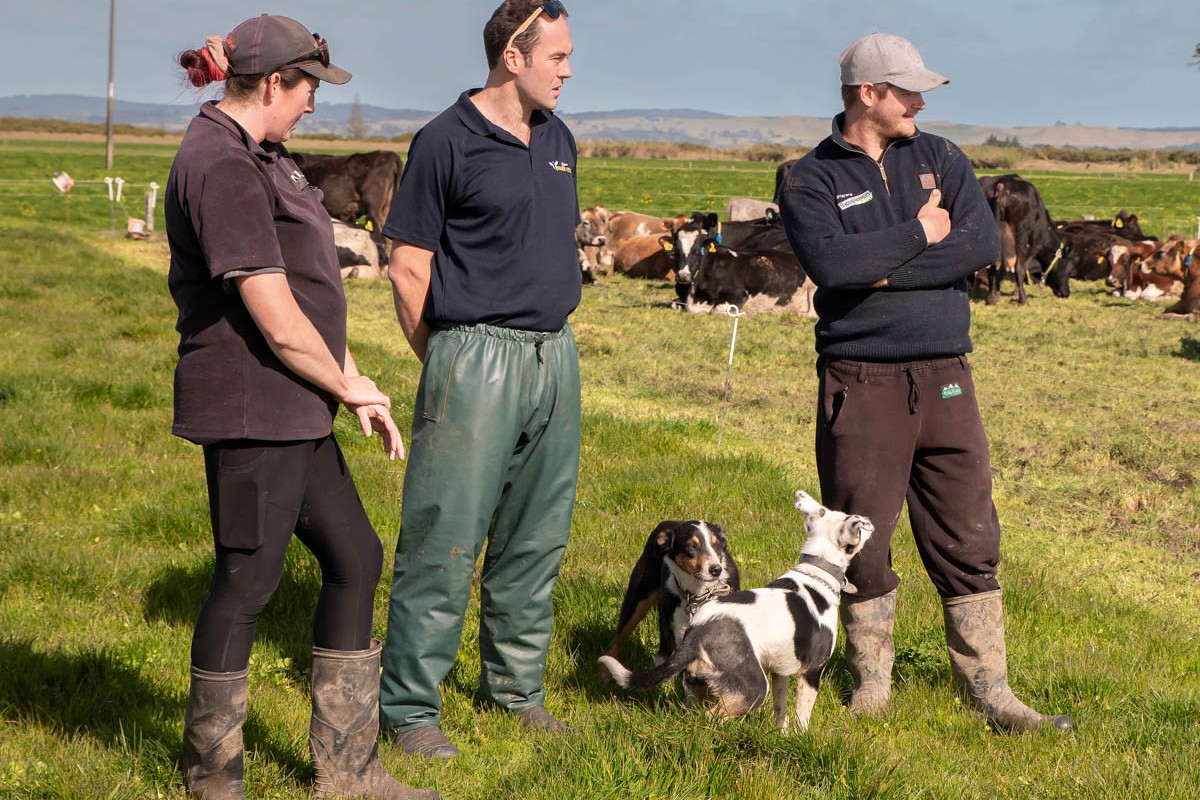Lynda Gray
The extra 5000 calves born this spring as part of the First Light grass-fed Wagyu programme will be needing homes from October onwards. Most of the dairy KiwiCross-Wagyu calves will be born on Canterbury dairy farms, so South Island beef finishers in particular are needed, First Light chief executive Gerard Hickey says.
“We’re looking for 20 to 30 beef finishers to take weaners and older stock.”
First Light has 80 Wagyu farmer suppliers and of those about 20 are in the South Island.
The cattle come from two sources; the majority are KiwiCross-Wagyu supplied through a partnership with LIC. Angus-Wagyu make up about 20% and are typically sold to hill country finishers.
‘You have to keep them moving forward and feed them well every day because if they go through a feed check situation it leads to a poorer marbling result.’
Farmers buy and own the Wagyu animals, and are contracted to sell them back as stores or finished at a pre-determined price to First Light’s Wagyu producer group. The cattle are processed in the South Island by Anzco, and in the North Island by Greenlea.
The short, transparent supply chain and income stability are the compelling points of the farmer supplier arrangement, Hickey says.
“The payments are known upfront, based on a set per-kilogram price, and modelled off established market returns.”
This year’s suppliers will receive a pay-out of about $7.25/kg which is 30-35% above P2 steer prices, depending on whether they’re North or South Island-based.
First Light has been developing the grass-fed Wagyu programme since 2011. It partnered with Brownrigg Agriculture to supply full-blood Wagyu genetics, and in 2012 secured Ministry for Primary Industries PGP funding of $11 million over seven years for a $23m project. The broad goal is to develop an integrated supply chain to breed, feed, process and deliver premium marbled beef that by 2025 will generate economic benefits of $95m.
Wagyu beef and its characteristic marbling is nothing new. Hickey says his Massey University honours project in the late 1980s identified the potential for the distinctive marbled beef which at the time came from mostly grain-fed cattle in Japan and Australia. When he and First Light directors picked up and ran with Wagyu almost 30 years later in 2011 the decision was made to use a grass-fed system. It was a calculated risk but an important point of difference.
“We think grass feeding is the right way to go and wouldn’t want to move to a grain diet, but at the same time we need to make sure that they’re fed well.”
The basic feeding philosophy is to treat the Wagyu-cross animals as a high-priority stock class that gets consistent and quality feed.
“You have to keep them moving forward and feed them well every day because if they go through a feed check situation it leads to a poorer marbling result.”
He says First Light has invested in support and resources to help farmers develop the right management systems and achieve the targets required.
Most of the beef is sold to the west coast of the United States, and the United Kingdom and United Arab Emirates are other developing markets. Strong retail and trade sales in New Zealand are also happening.
Awards, including a gold medal in the World Steak challenge last year, and positive international media coverage earlier this year in Forbes.com has created further buzz and attention.
“The sales, marketing and processing side of the programme is going very well, what we’re working on now is farmer supply so that we can match the growing demand.”




